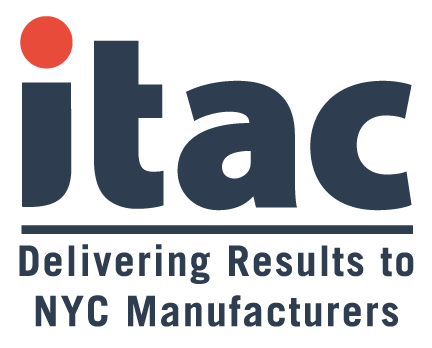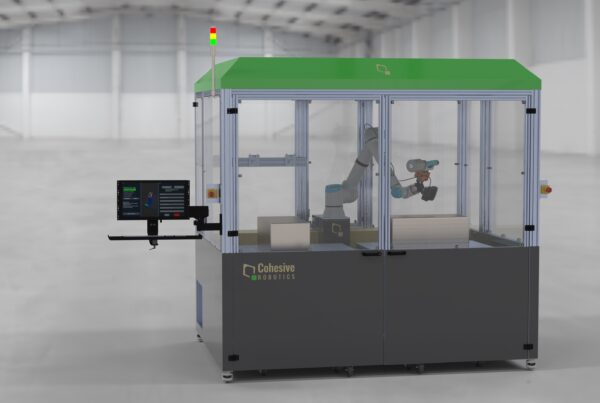The plastics manufacturing industry is on the verge of a radical transformation, as several key technologies hold promise for revolutionizing how and where plastics are made and used.
Those advancements are slated to boost growth in the plastics industry over the next several years.
Nanotechnology
Nanotechnology is a hot topic in the tech, manufacturing and medical fields. Using ordinary resins, the technology hinges on producing extremely thin strands of material ranging from one to 100 nanometers thick.
A hundred nanometers is the thickness of an ordinary sheet of paper.
Nanotechnology is already in use to reinforce existing plastics, but so far not as a standalone material.
Future uses include microscopic medical implants and monitors, scratch-resistant paints, electrically conductive nanotubes, super high-capacity memory chips and “smart” building materials.
Additive Manufacturing
Popularly known as 3D printing, additive manufacturing has become a widely embraced method of rapid prototyping.
Working from a digital file, a 3D printer can produce a physical model in anywhere from a few hours to a few minutes.
Compared with building molds that are expensive to procure and difficult to modify, a change to the digital file takes very little time.
That allows companies to fine-tune a design before committing to the tooling necessary for something such as injection molding.
End-to-End Tracking
Blockchain technology is perfectly suited for ensuring the quality of raw materials and finished products through the product’s life cycle.
It can tell a buyer exactly what batch of chemicals the granules were made from, monitor and report on the part production process, and even deliver real-time data such as time, cost, waste and standards compliance.
Biopolymers
In response to growing concerns over pollution and sustainability, the plastics industry has begun to focus on organic polymers, also known as biopolymers.
Ordinary plastic is made of synthetic compounds, making them very strong and lightweight, but at the expense of not being easily biodegradable.
Organic polymers don’t have that issue and are easily broken down into organic compounds that can be reabsorbed by the environment, essentially making them renewable plastics.
Health of the Industry
Those advancements, along with the durable and versatile traits of plastic, have contributed to massive sales figures. Data collected by MNI, compiler and publisher of the industrial data that powers IndustryNet, puts average sales for the plastics industry at more than $757 billion.
And, 2% of plastics companies report a growth in sales, compared with 1% of manufacturing companies in general. Employment is also up from last year, by 2.5%.
The growth has also been beneficial for other manufacturing industries. Steel, for example, is heavily used in the plastics-production process.
Because of that relationship, plastics have a measurable impact on the health of the steel industry. Since demand for plastics is not forecast to slow down, steel should be able to benefit for the next several years as well.
Geographic Distribution
The geographical distribution of plastics manufacturers is relatively even. The majority, 37%, are in the Midwest, South 28%, and then an almost even split between the West and Northeast, just over 17% each.
The insight is from IndustryNet.com. You can read the full article by clicking here.






